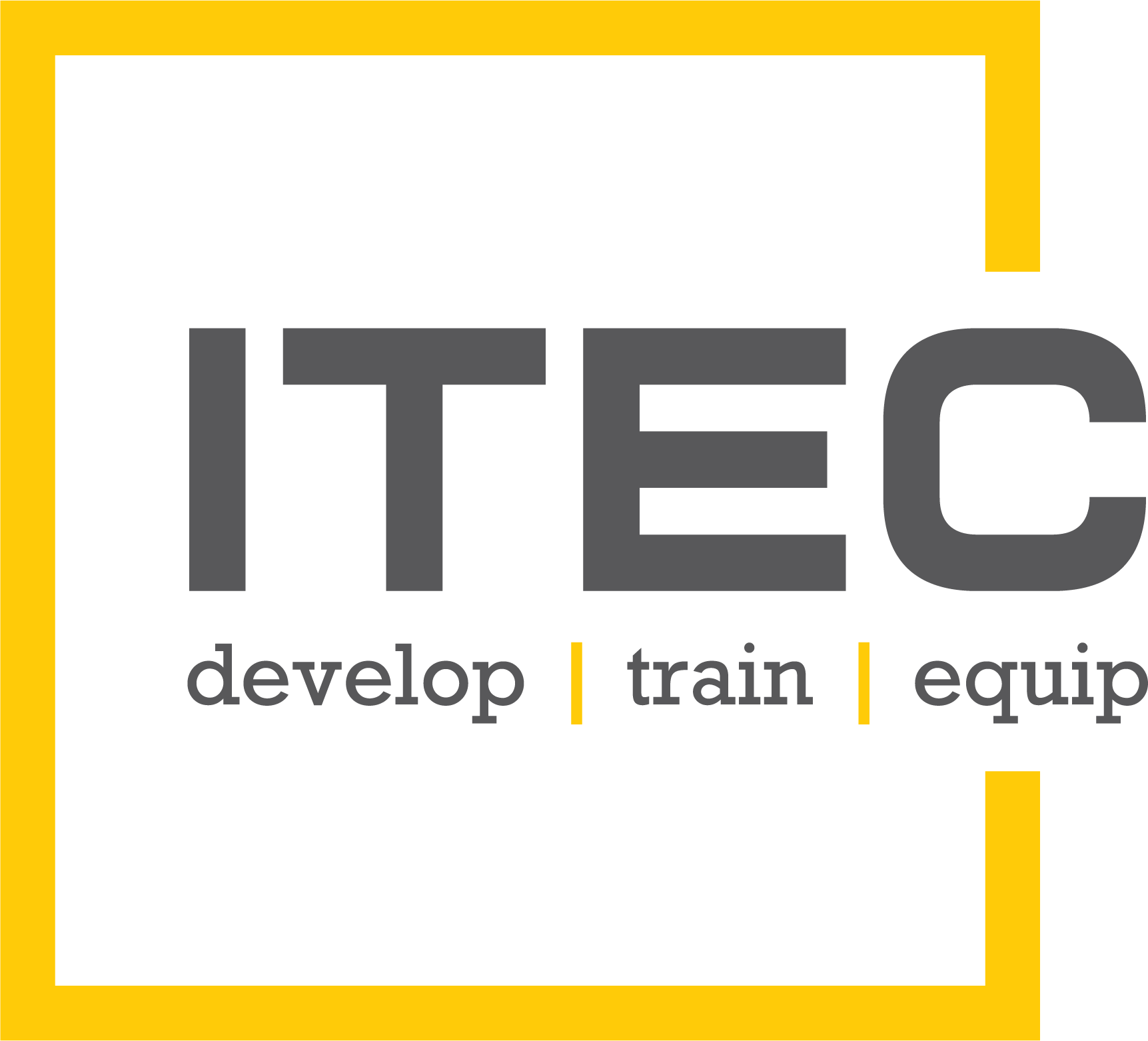Dental Battery Box
“While the training/traveling teams may be the more visible side of ITEC, there are many people who work behind the scenes to support the work being done overseas.”
One of the things that makes ITEC unique is the diversity of backgrounds of the people on our team. There are not many organizations that combine medical, dental, engineering, aviation, and media all under the same roof. Having this broad spectrum of people brings some unique capabilities when it comes to problem-solving.An example of this would be a project that was started in the Fall of 2016.
While the dental training program primarily consists of extraction training in developing countries, there are places where government restrictions prevent the teaching of extractions. In these places, we focus on training Christ followers to clean teeth rather than to extract them.
Traditionally, dental hygiene (cleaning teeth) has been done with hand instruments, in recent years this has switched to ultrasonic scaling primarily. Ultrasonic scaling is more efficient than hand scaling, and we’ve also found it to be easier to teach than hand scaling. Many places where we work (and especially where our trainees will be working after the training) are remote areas lacking electricity.
Harnessing the latest lithium-polymer UAV (Unmanned Aerial Vehicle) battery technology, our engineering team was able to produce a portable battery box capable of powering small dental equipment. Most small equipment operates at 30 Volts. 110V or 220V wall power is brought down to 30V. The idea behind the battery box is to go in the opposite direction and take a 12V lithium-polymer UAV battery and bring it up to 30V.
We are now on our third generation of the battery box. The first was debuted in Greece back in October of 2016. The second generation was used in DRC in April 2017. The third generation was on display at the Global Missions Health Conference in Louisville in November 2018.

